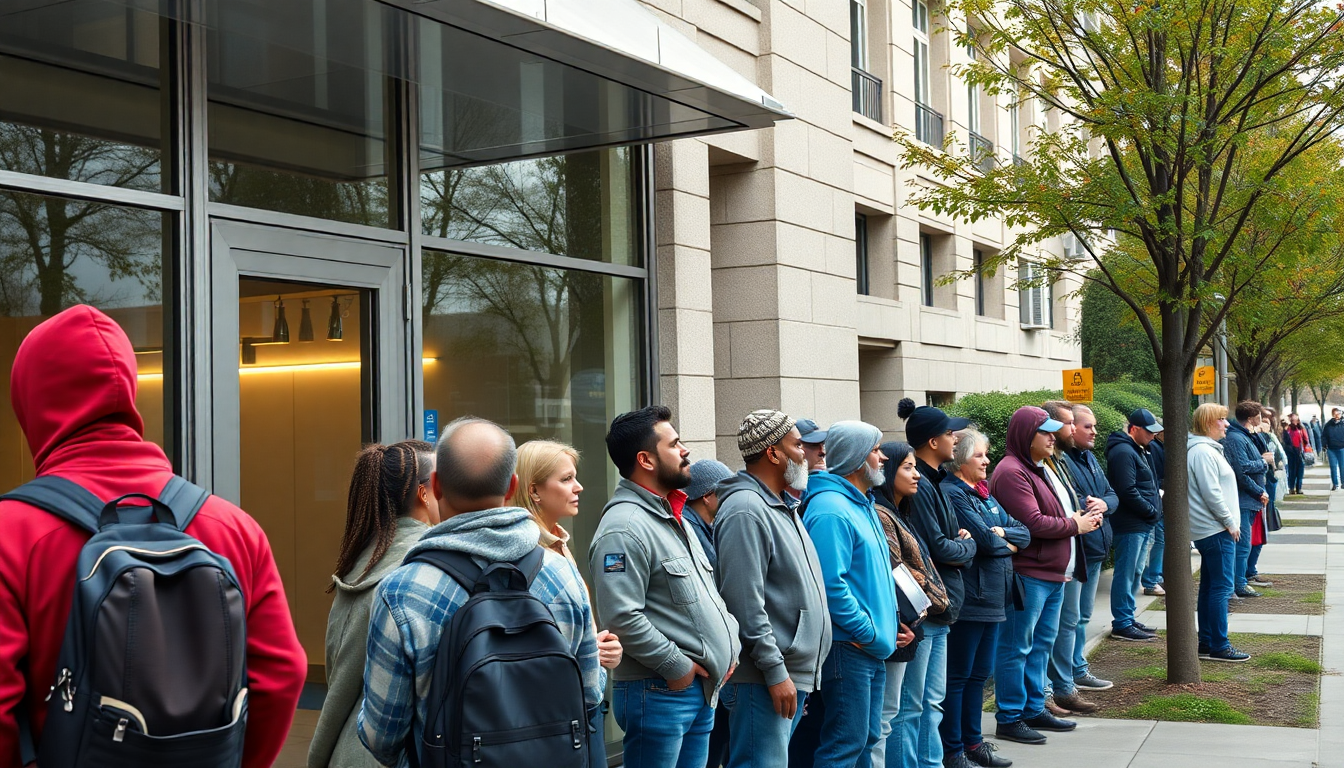The AI revolution is accelerating, and the ripple effects are transforming the global workforce faster than anyone anticipated. Recent reports suggest that millions of jobs could vanish by 2030, as automation disrupts industries and reshapes economies. The question isn’t whether this wave of change is coming—it’s whether your job will survive it.
A landmark study by the World Economic Forum estimates that AI and automation will displace 85 million jobs by the end of the decade. While alarming, this shift doesn’t signal the end of work. It signals a transformation. As certain roles fade, others will rise, forcing workers and businesses to rethink how they operate in this brave new world.
Industries in the Crosshairs
Not all sectors face equal threats from AI. Manufacturing and administrative services, where repetitive and predictable tasks dominate, sit at the top of automation’s hit list. In retail, cashier and inventory roles are already being phased out by self-checkout systems and inventory-tracking robots. These jobs follow patterns AI can easily replicate, making them the first casualties of this technological upheaval.
In contrast, jobs demanding human creativity, emotional intelligence, and complex decision-making remain more resistant. Healthcare, for instance, may see AI-powered diagnostics and administrative support, but the hands-on care provided by nurses and doctors is harder to replace. Similarly, education relies heavily on the uniquely human ability to inspire and adapt to the needs of students, keeping it relatively insulated from AI’s encroachment—at least for now.
The Programming Paradox
Even the tech industry isn’t immune. AI tools like OpenAI’s ChatGPT, Google’s Gemini, and GitHub’s Copilot are shaking up programming jobs. These systems can write code, debug software, and even generate entire applications. While they don’t spell the end for software developers, they’re reshaping what it means to work in tech. Entry-level coding jobs, which often involve repetitive tasks, may decline. In their place, businesses will seek programmers skilled in managing AI tools, refining outputs, and tackling more complex problems.
This paradox presents a double-edged sword for tech professionals. While AI streamlines workflows, it also raises the bar for staying competitive in a rapidly evolving landscape.
Layoffs and Blame
2024 saw major layoffs in tech, with giants like Google, Meta, Amazon, and Cisco cutting thousands of jobs. While AI has been blamed for automating certain functions, it’s not the sole driver. Economic slowdowns, shifting priorities, and cost-cutting measures play significant roles. Yet, the rise of automation undeniably influences how businesses approach workforce planning.
Companies no longer ask, “How many people do we need to get this done?” Instead, they consider, “How much of this can AI handle?” This shift in mindset underscores the urgency for workers to adapt.
AI as a Creator and Destroyer
AI isn’t just eliminating jobs—it’s also creating them. Analysts predict that 97 million new roles could emerge by 2030. These include positions focused on developing AI technologies, ensuring ethical usage, and managing massive datasets. Roles like AI trainers, ethicists, and data privacy officers highlight the opportunities available to those who pivot early.
However, the emergence of these roles doesn’t mean an even trade. Transitioning from a displaced position to a new, AI-centric role often requires significant upskilling. Workers need access to affordable training programs, and businesses must prioritize retraining as much as they do implementing new technologies. Without these efforts, the workforce risks being left behind in the automation race.
What Governments and Businesses Must Do
The scale of disruption demands proactive measures from governments and businesses. Policies focused on reskilling, continuous education, and economic support for displaced workers will be critical. Some governments are already experimenting with universal basic income and subsidies for tech training. These programs aim to buffer the impact of automation while preparing workers for new opportunities.
Businesses also bear responsibility. Companies investing in AI must ensure that their workforce transitions alongside their technology. Reskilling initiatives, career transition programs, and a focus on collaboration between humans and machines can help mitigate the risks.
The Human Advantage
While AI excels at efficiency and precision, it lacks humanity. Empathy, ethical reasoning, and creativity remain areas where humans shine. Jobs centered around these traits are not only more secure but may grow in demand. AI will supplement human efforts rather than replace them in fields like counseling, design, and leadership.
The most successful workers in this new landscape will combine human strengths with technological expertise. Those who can leverage AI as a tool, rather than fear it as a competitor, will thrive.
A Wake-Up Call for Everyone
The AI-driven job market is evolving faster than many expected. Waiting to see how it unfolds is no longer an option. Whether you’re a business planning for the future or a worker navigating uncertainty, the time to act is now. Upskilling, staying informed, and embracing adaptability are no longer optional—they’re survival strategies.
The AI revolution will define the future of work. Will you shape that future or be shaped by it?



